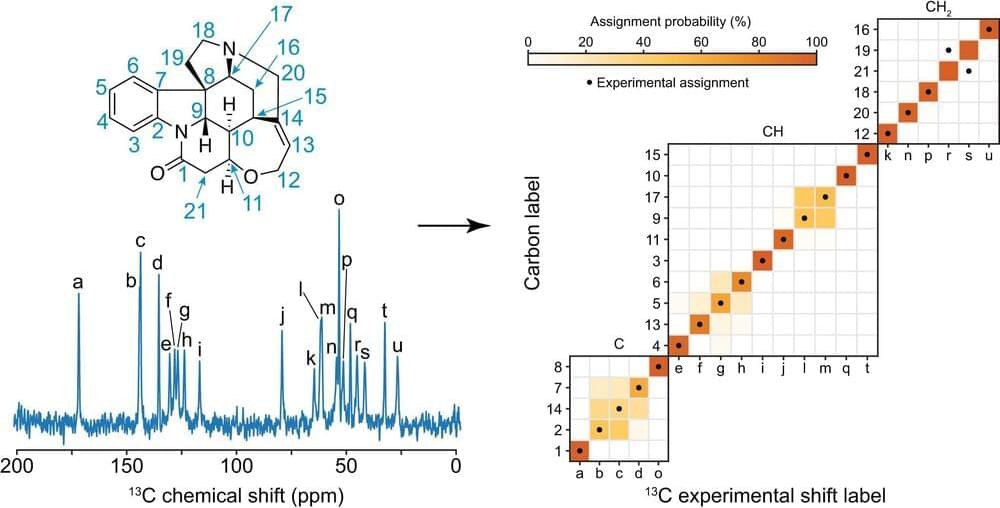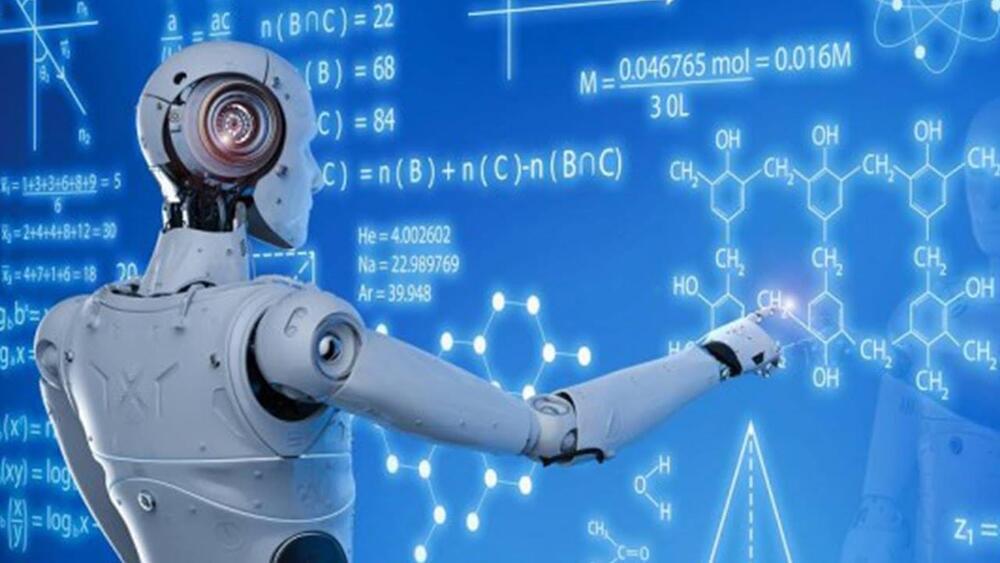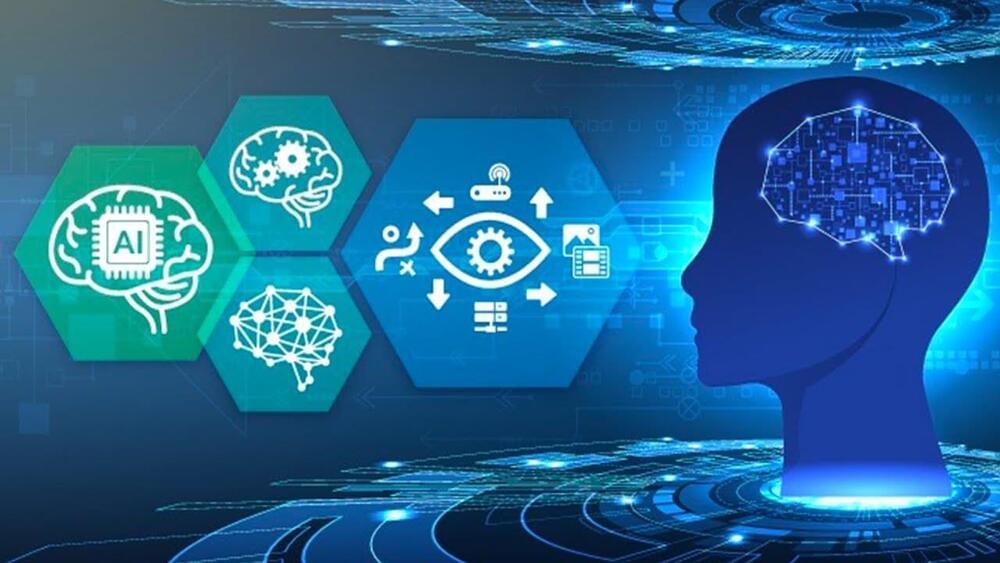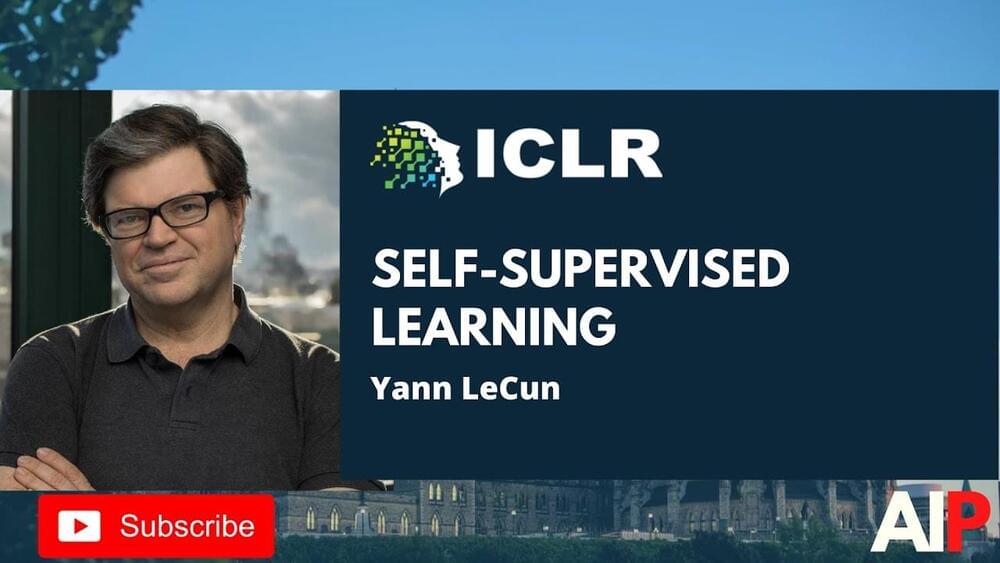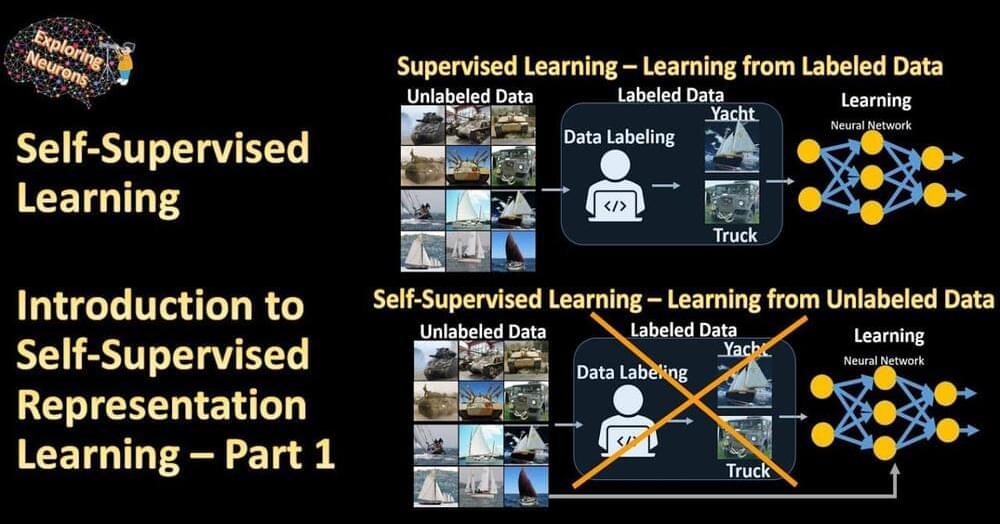Nov 27, 2021
Molecule Derived From Poisonous Plant Blocks All SARS-CoV-2 Variants in Cell Cultures
Posted by Poopeh Morakkabati in category: biotech/medical
The plant-based antiviral agent thapsigargin (TG), derived from a group of poisonous plants known as ‘deadly carrots’, appears to be effective against all variants of SARS-CoV-2 in the lab – and that includes the quick-spreading Delta variant.
A previous study published in February demonstrated that TG can be effective against a host of viruses. Now, this latest work by the same research team confirms that the antiviral also isn’t being outflanked as SARS-CoV-2 evolves. With the emergence of new variants an ongoing possibility, it’s intriguing to observe the continuous efficacy of TG.
In tests on cell cultures in the lab, doses of TG delivered either before infection or during active infection were shown to block and inhibit SARS-CoV-2 variants, triggering a broad and powerful protective response.

